
views
Getting Medical Care
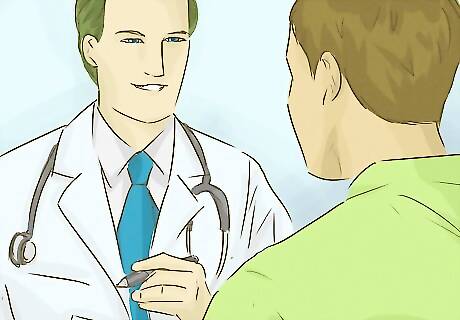
Visit your doctor or a wound clinic. Cleaning and dressing the wound is an important first step, but this should be done by a trained healthcare professional. They will clean any debris or dead tissue from your wound and apply a clean non-stick bandage. It’s very important to visit your healthcare provider or a vascular specialist right away for treatment if you notice you have an ulcer on your leg. The first sign of a venous ulcer is skin that turns dark red or purple over the area where the blood is leaking out of the vein. The skin may also become itchy, thick and dry.
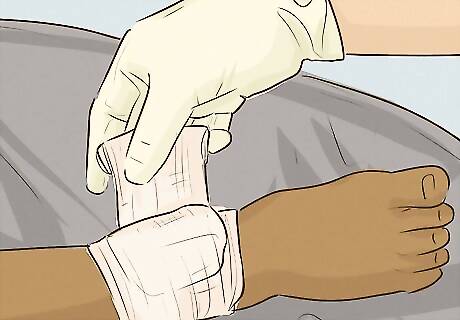
Learn how to change your dressing. Leg ulcers should heal in about 3-4 months with proper care. In the meantime, your dressing should be cleaned once a week. Often, this requires professional care. Some people can learn to do this at home with proper training, so ask your healthcare provider to show you exactly how to change and reapply your dressing, and whether that's something you can attempt on your own. If you do not feel comfortable changing your own dressing, that’s okay! Ask your doctor if you qualify for a home-care nurse to come by and help you once a week. You can also visit a wound care clinic weekly.

Wear a compression bandage. Your doctor or nurse will give you a compression device to wear over your dressing. This improves circulation to your leg and is probably the most important step in healing your ulcer. Wear this exactly as your healthcare provider directs you to, and do not remove it without permission – it should only be applied and removed by a healthcare provider. Usually, you will wear your bandage continually until your wound heals, and your nurse will help you change it once a week when you change your dressing. The compression bandage may feel painful at first. This will improve in about 10-12 days. Ask your doctor for a pain medicine like paracetamol, or ask how best to manage the discomfort. Call your nurse if you have any problems with your compression bandage. Don’t try to take it off yourself. There are several different kinds of compression bandages, and none are proven to be better than the others.

Call for help with your compression bandage if you experience severe pain or swelling. It’s normal for your bandage to feel tight at night – getting up and taking a short walk may help. However, contact your nurse or doctor right away if you experience any of the following problems: Severe pain in the front of your ankle Severe pain on the bottom of your foot Swelling in your toes that turn your toes blue

Ask your doctor about taking pentoxifylline. Some people benefit from taking the medicine pentoxifylline (Trental) three times a day in addition to using a compression bandage. This medicine improves blood flow in your veins and arteries. Pentoxifylline can make you feel dizzy or sleepy, so know how it affects you before driving. Talk to your doctor about your other medications and health conditions to find out if this medication is right for you. Tell your doctor if you have kidney problems, take any blood thinners, are pregnant or want to get pregnant, have an upcoming surgery, or are allergic to caffeine.
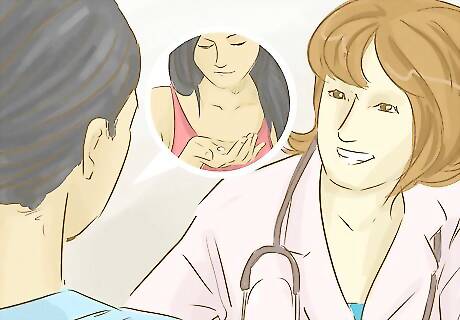
Discuss aspirin therapy with your doctor. Talk to your doctor about whether taking aspirin may help your condition. You may take 300mg of aspirin daily, which is safe for most people. This may speed up your healing time if you also use your compression bandage.
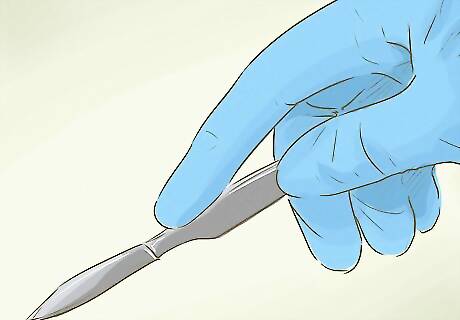
Consider surgery if your ulcer doesn’t heal in six months. Most ulcers heal with proper treatment. However, if your treated ulcer does not heal after six months, you may need a surgical procedure. Discuss these options with your doctor: Surgical “debridement” is scraping away dead tissue in the ulcer, which can help promote healing. Skin grafting can improve healing of really large ulcers, and involves covering the ulcer with skin from your own body, from someone else, or with artificial skin. This won’t help if you have a lot of swelling, though. Other surgeries are on the veins themselves, to improve blood flow.
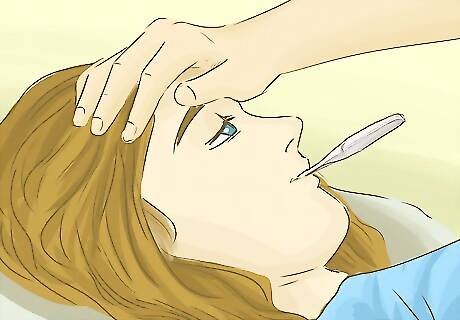
Identify and address complications. Leg ulcers can sometimes become infected by bacteria. If you notice any signs of infection, see your primary doctor or a vascular specialist immediately for treatment and assistance. Signs of an infection include: Worsening pain Green or unpleasant, possibly foul-smelling discharge from the ulcer site Red, swollen skin around the ulcer High body temperature
Altering Lifestyle Practices

Elevate your leg every day. Sit or lie down and elevate your leg so that your toes are at your eye level or higher. This improves blood flow and helps to heal ulcers. Do this three to four times every day for at least 30 minutes. Elevate the end of your bed about six inches so that your leg is elevated while you sleep. You can use boxes or books for this.
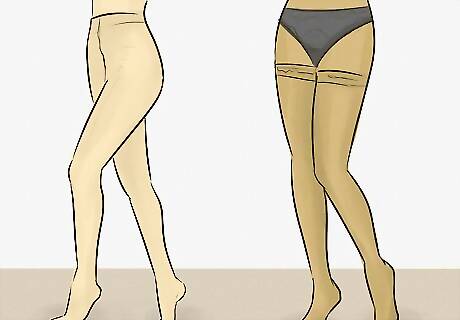
Wear compression stockings to manage the swelling. If you have venous ulcers, you may also have swelling in your feet and legs. Wearing compression stockings can help this. Compression stockings differ from the compression bandage you wear while your ulcer heals because you can take stockings on and off. Request compression stockings from your doctor or pick some up at your local drug store or pharmacy. Ask your doctor the following questions: How many hours a day should I wear my stockings? Should I take them off at any point in the day? When shouldn’t I wear them? Can I wear them while my ulcer is still healing? What size and tightness should I wear? (If you don't get them from the doctor directly)

Live a healthy lifestyle. Obesity, smoking and inactivity can all cause venous leg ulcers. Do your best to eat a healthy diet, stay away from cigarettes, and be as active as possible in your day to day life. Try to go on daily walks. Stay away from fast food, processed food, and foods that have high sugar and simple carbohydrate contents, such as white bread. Create circulation by doing ankle rotations and raising and lowering your foot when you’re sitting. Standing still and sitting without elevating your leg can make swelling worse. Talk to your doctor before starting any exercise regime to find out what's safe for you.
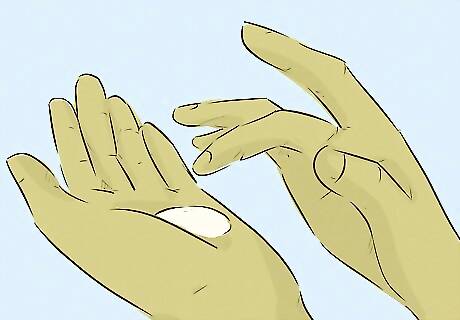
Use a moisturizer for itchy skin. Your skin may feel itchy if it doesn’t get good blood flow. Do NOT scratch it – this can damage your skin and cause more ulcers! Use regular moisturizing lotion on dry, itchy skin. If that doesn’t help, ask your doctor for recommendations – they may give you a steroid cream to improve the itchiness. Keep your skin well moisturized to prevent breaks in the skin that can turn into ulcers. Do not put lotion on an open wound or between your toes, however.



















Comments
0 comment